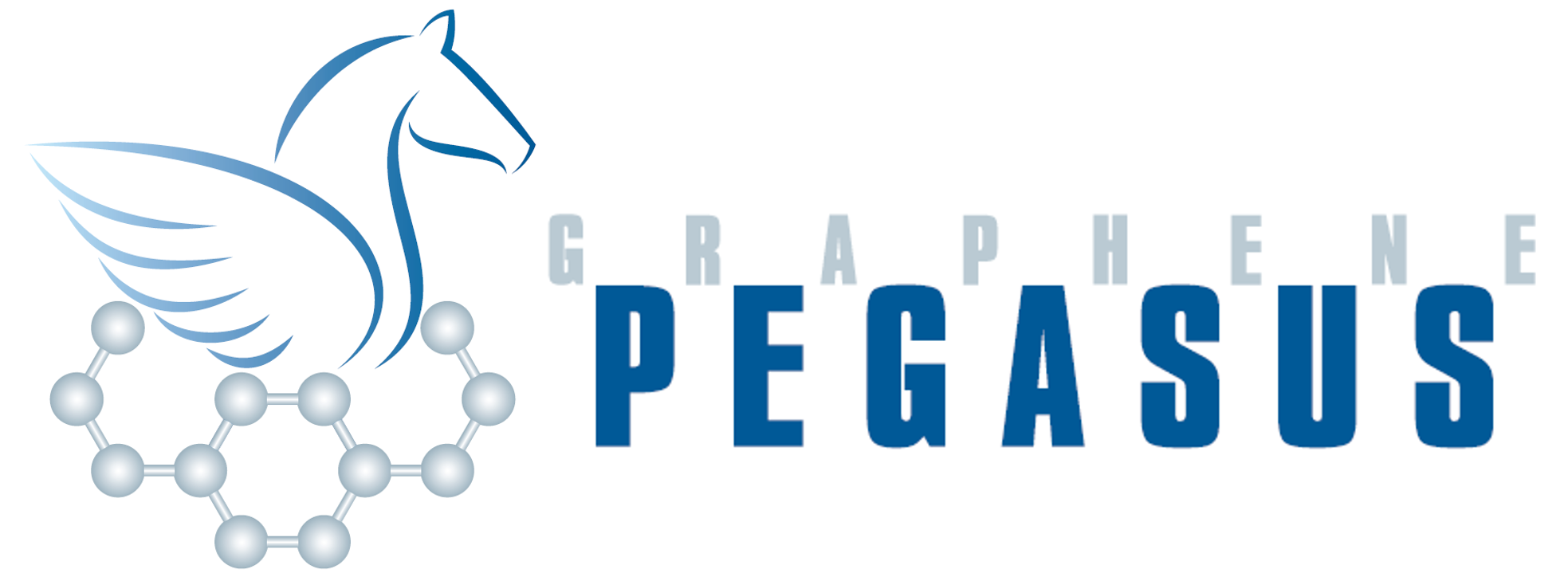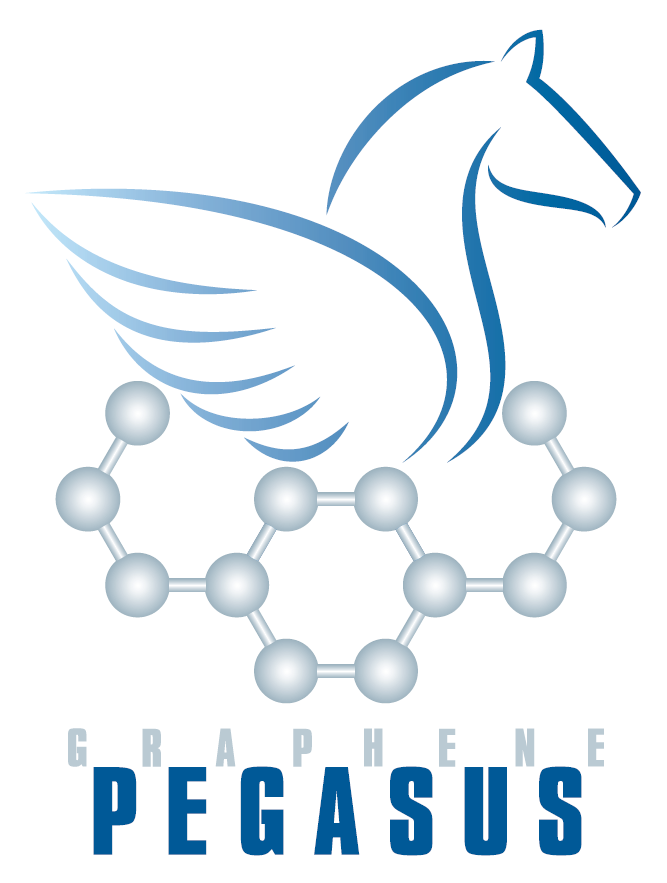
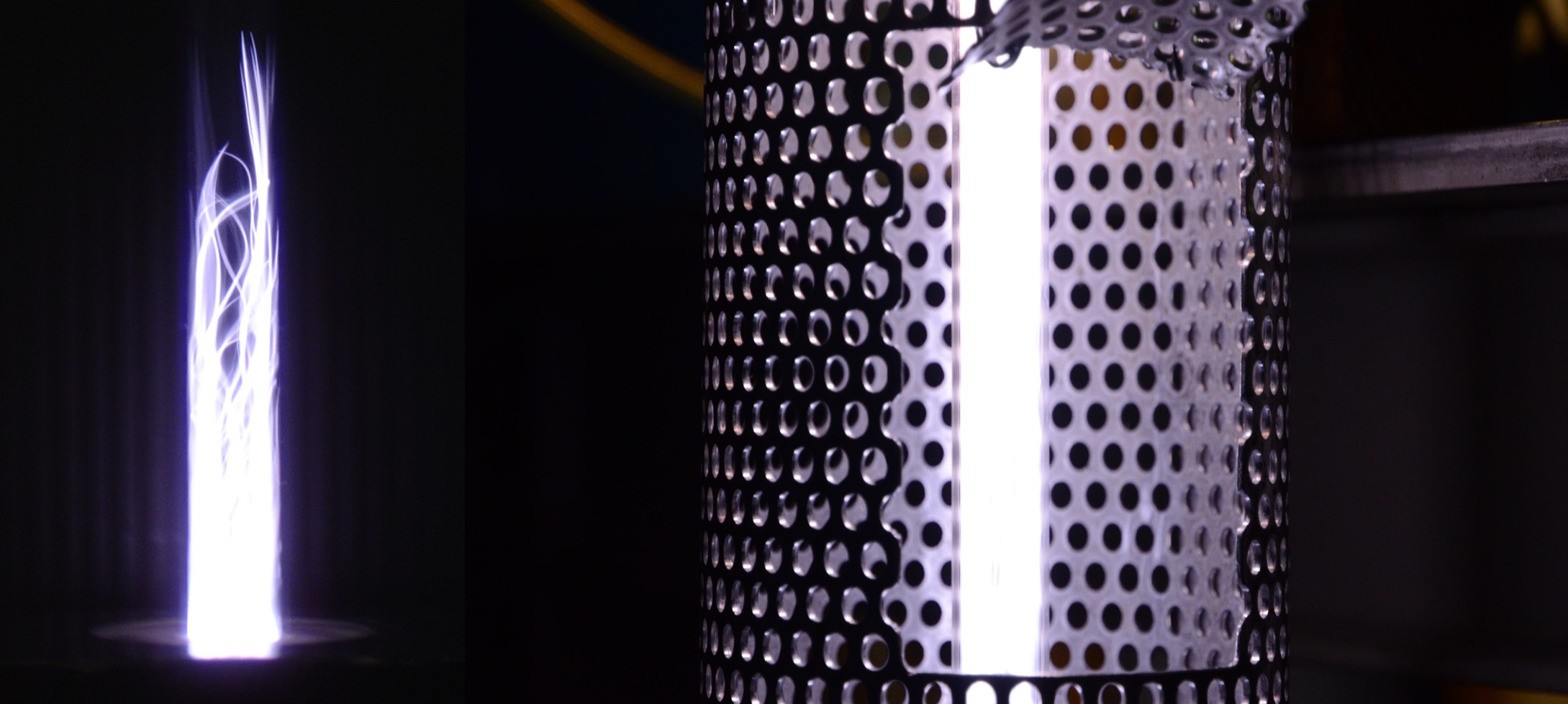
The PEGASUS project will be developed under the coordination of Dr. Elena Tatarova and her team with the Plasma Engineering Laboratory at IPFN, joining a consortium that involves IST-ID (Portugal), Centre National de la Recherche Scientifique (France), Institut Jozef Stefan (Slovenia), Kiel University (Germany), Sofia University (Bulgaria) and Charge2C-Newcap Lda (Portugal).
Project Coordinator
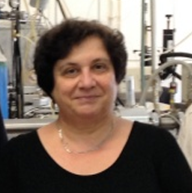
Elena Tatarova
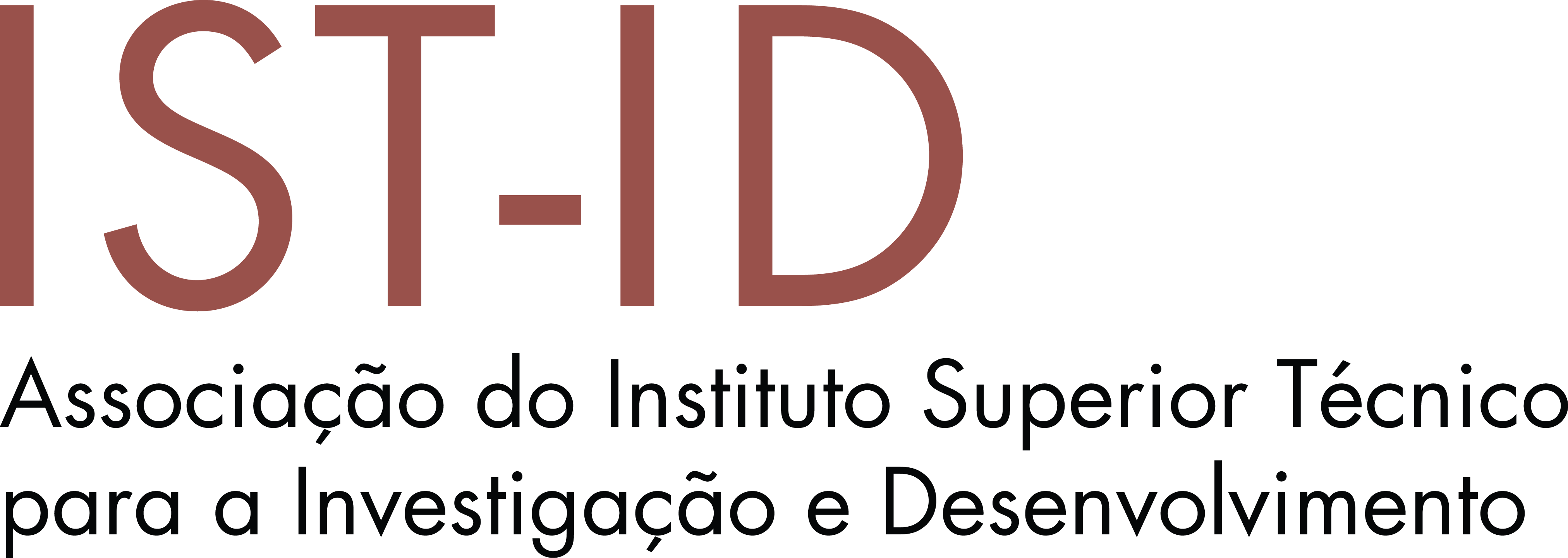
IST-ID is the R&D institution created to implement Instituto Superior Técnico (IST) mission in various strategic areas. IST-ID is involved in some of the most prestigious R&D and technology transfer institutions in Portugal and abroad, with remarkable impact internationally in many scientific and technological domains, being recognized as a top most partner in several European and oversees networks. The RD&I activities comprise not only fundamental aspects but also projects with a strong applied component and the areas of intervention are Basic Sciences, Energy, Environment and Mobility, Materials, Nanotechnologies and Nanosciences, among others.
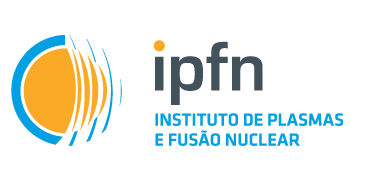
The main part of RD&I activities related to the project will be developed in Institute for Plasma and Nuclear Fusion. IPFN is a Research Unit of Instituto Superior Técnico (IST) with expertise in Plasma Physics, Engineering and Technologies, Controlled Nuclear Fusion, Lasers and Photonics and Advanced Computing. IPFN has the statute of Associate Laboratory of the Portuguese R&D funding agency, Fundação para a Ciência e Tecnologia (FCT). The research team of the Plasma Engineering Laboratory (PEL) of IPFN heads the PEGASUS project. Experimental and theoretical research of microwave plasma sources and their applications have been performed over the last 15 years by this team. In the last 5 years, the main activities focused on plasma-based synthesis/engineering of advanced 2D carbon nanostructures.

CNRS is France’s most important scientific institution, with GREMI laboratories being arguably the world’s largest public laboratories specialized in development and applications of plasmas, especially in the field of materials and plasma-surface interactions. Within GREMI the activities reach from the plasma polymer deposition, plasma applications in the field of microelectronics, plasma-surface interactions (from diagnostics to deposition and functionalization of nanoalloys to polymer ultrathin films, nanoparticles or nanostructures). Besides fundamental research GREMI also carries out applications-oriented activities: materials for the novel fuel cells, biosensors, novel generation of MOSFET transistors. The applications are in many projects performed with strong participation of industrial partners.
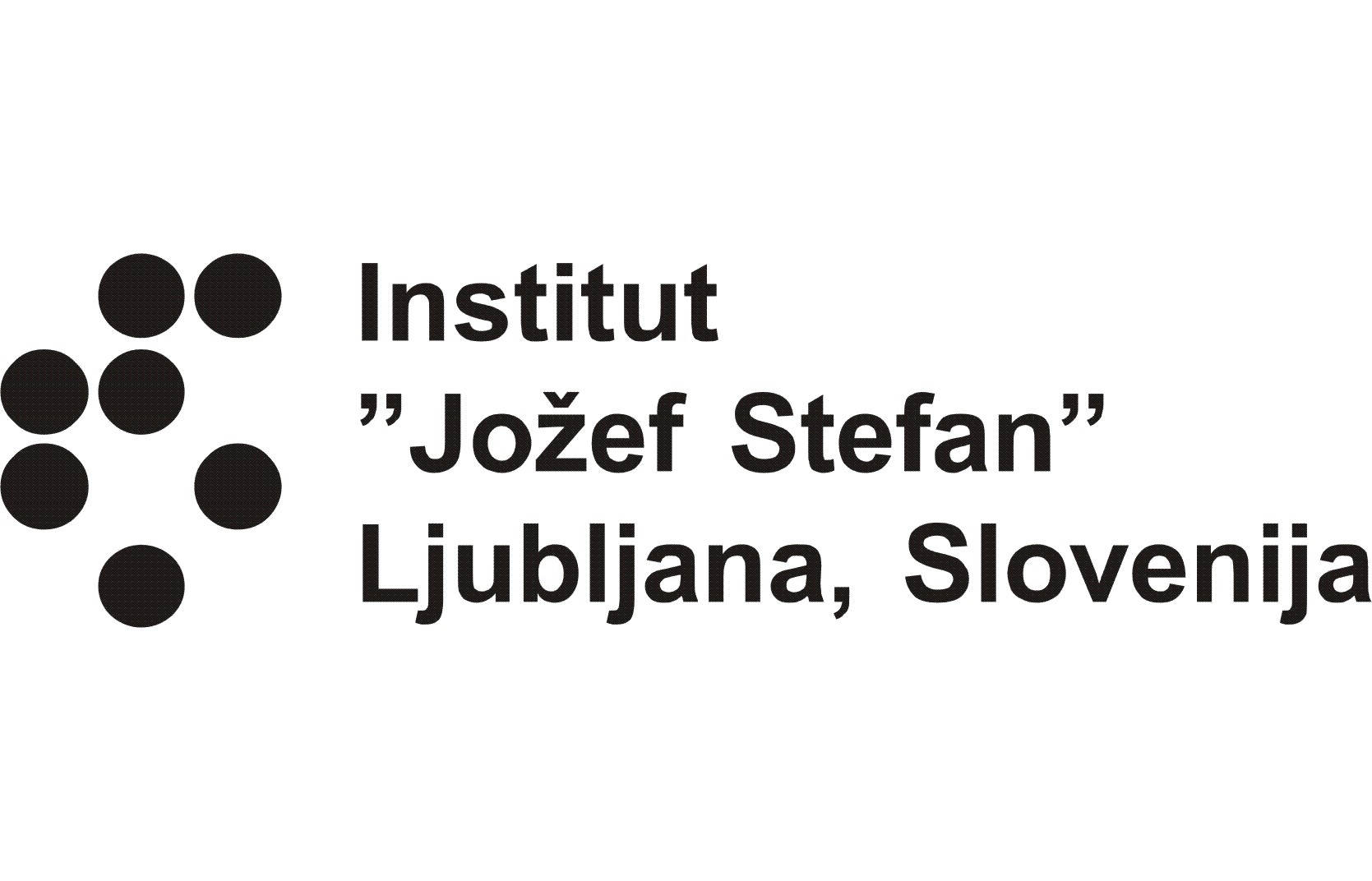
Jozef Stefan Institute is the biggest public research institute in Slovenia. The main research areas are physics and technology, chemistry, molecular biology and biotechnology, information technologies, energy and environment. The project partner Department for Surface Engineering and Optoelectronics (F4) core activity is surface analyses and plasma technology, varying from basic research of plasma phenomena, plasma diagnostics and plasma behaviours to applied plasma technologies, selective etching, surface cleaning, surface activation, plasma nanostructuring of materials and nanomaterial growth as well as various applications. JSI-F4 has long experiences of nanostructure growth in plasmas, and was the first to report the nanowire growth on solid metal surfaces during plasma exposure.

Christian-Albrechts-Universität zu Kiel (CAU) was founded in 1665 and is the largest, oldest, and most prestigious university in the state of Schleswig-Holstein, Germany. The Kiel University is strong in research, offering first-rate programmes with an overwhelming diversity, with close ties to culture, industry, and society. CAU emphasises interdisciplinary cooperation as reflected in its own focus areas and in many cooperative research project. The Kiel group will use X-ray Photoelectron Spectroscopy (XPS) and Near Edge X-ray Absorption Fine Structure spectroscopy (NEXAFS) at the BESSY II storage ring (HZB Berlin) as tools to probe in details the chemical, electronic and structural properties of assembled 2D structures.

Sofia University is the first Bulgarian University, which has been and continues to be the biggest state university - national center for higher education, science and culture. Sofia University trains students in all three levels of education and performs research in the natural and mathematical, social sciences and humanities. The Faculty of Physics is one of oldest founded faculties in Sofia University and it develops research in all areas of modern physics. The project partner is the Gas Discharge and Plasma Physics laboratory of the Faculty of Physics, Sofia University. For material analysis, several diagnostics are available such as Scanning Electron Microscope (SEM), microRaman Spectrometer LabRam HR800 HORIBA JobinYvon, Atomic Force Microscope, among others.

C2C-NewCap is a company founded in 2014 that develops electric energy storage solutions and is currently manufacturing full-scale electrochemical capacitors prototypes based on metal oxides. This company gives body to a spin-off project from Instituto Superior Técnico (IST) – Universidade de Lisboa, and also involving the participation of researchers from Instituto Superior de Engenharia de Lisboa , and the Instituto Politécnico de Setúbal . The company has established a continuous R&D framework with members from IST that includes the developing and testing new materials for energy storage, embraces close contacts with leading companies in the energy field and has a great network with industry players across Europe and USA.

